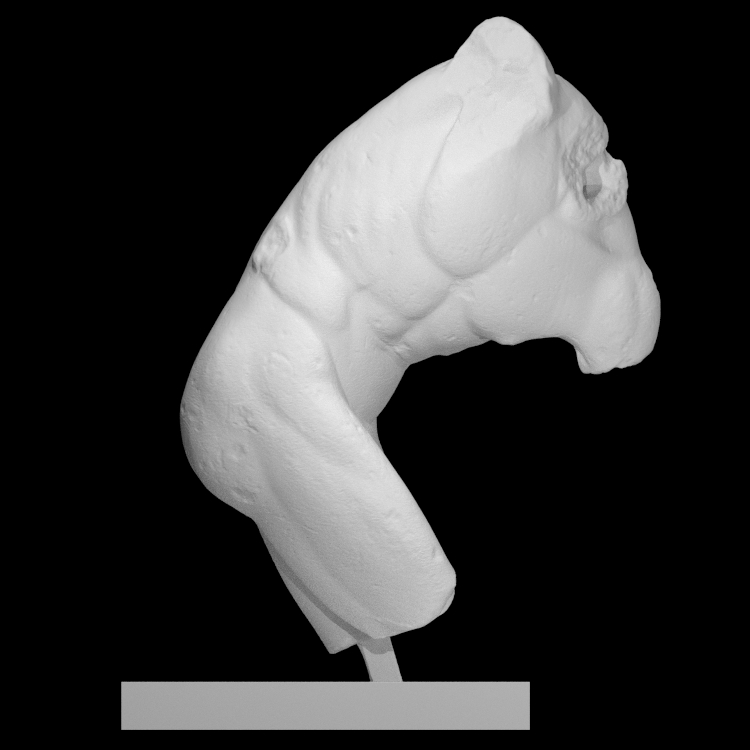
Discobolus (v2)
myminifactory
This highly fragmented sculpture serves as a copy from the Roman era of one of the most iconic statues in Greek art history: the Discobolus, meaning disk thrower. The original Greek bronze statue was created in the fifth century BCE by Myron, widely regarded as one of the greatest sculptors of all time. A nearly complete Roman marble replica originates from Esquiline Hill in Rome and belonged to the Lacelotti family. The Musée Saint-Raymond's marble was unearthed prior to the Lancelotti's Discobolus, near Carcassone, in the Aude riverbed. Initially misinterpreted and even displayed as seated, it is now recognized as the sole copy of the Discobolus excavated outside Italy in Western Europe. The numerous depictions of disk throwers on sculptures, vases, and coins offer valuable insights into this sport from Greek epic literature. Myron's chosen moment showcases the final stage of the swing: the arm lifted high in the back while the left leg prepares to return in front to counterbalance the body's disequilibrium caused by throwing. The remarkable muscular tension in the abdomen and thighs demonstrates that the Greeks had a keen understanding of movement translation. A marble Roman replica of Myron's Discobolus, discovered in the eighteenth century in Carcassonne (Aude), dates back to the Early Roman Empire, identified as Inv. Ra 334.
With this file you will be able to print Discobolus (v2) with your 3D printer. Click on the button and save the file on your computer to work, edit or customize your design. You can also find more 3D designs for printers on Discobolus (v2).
